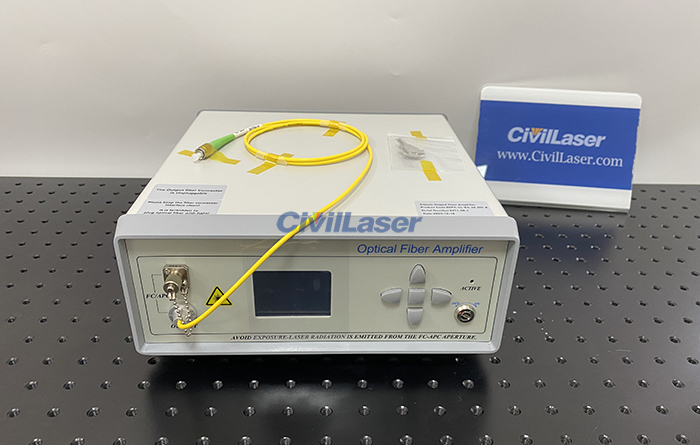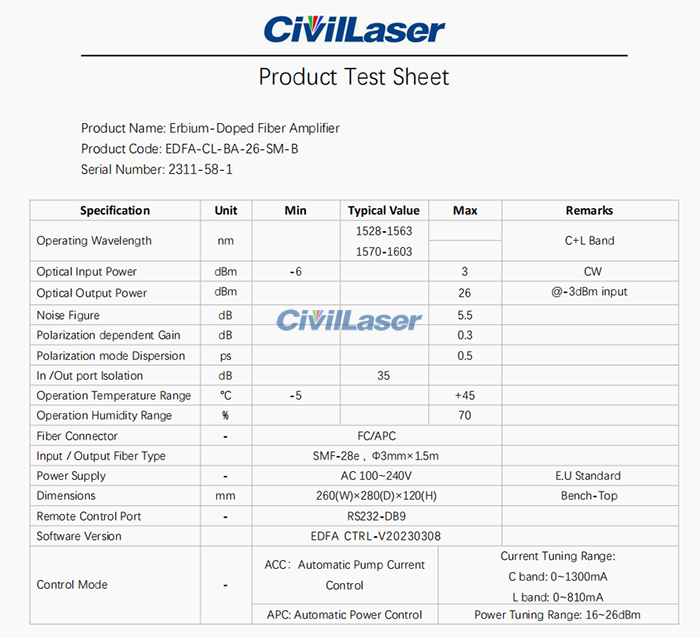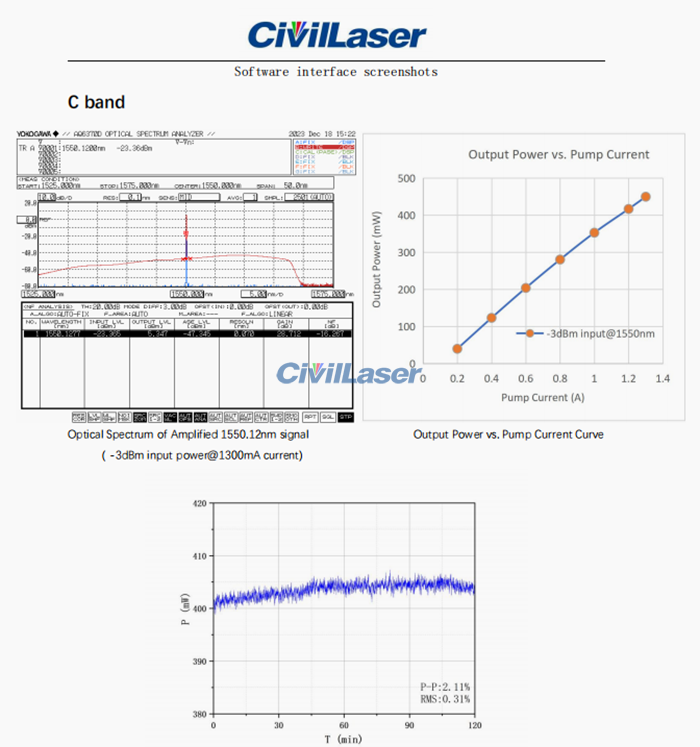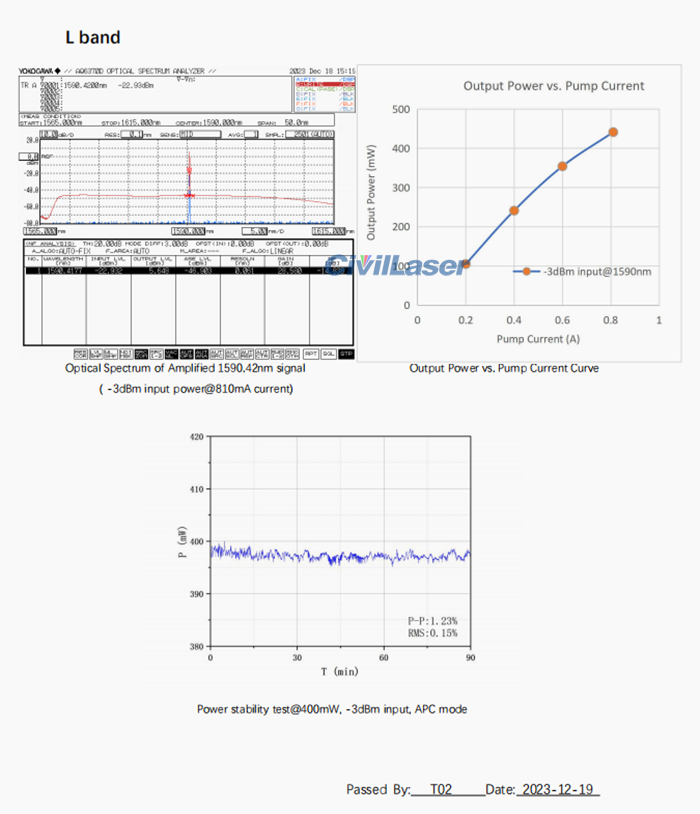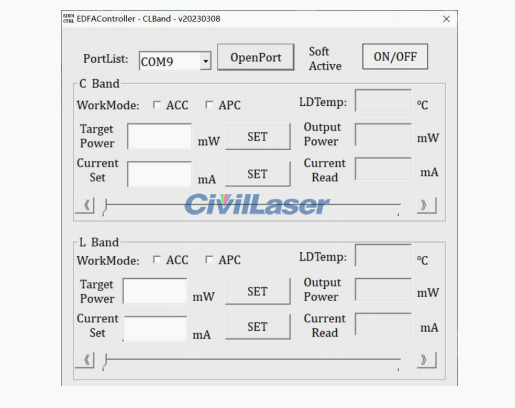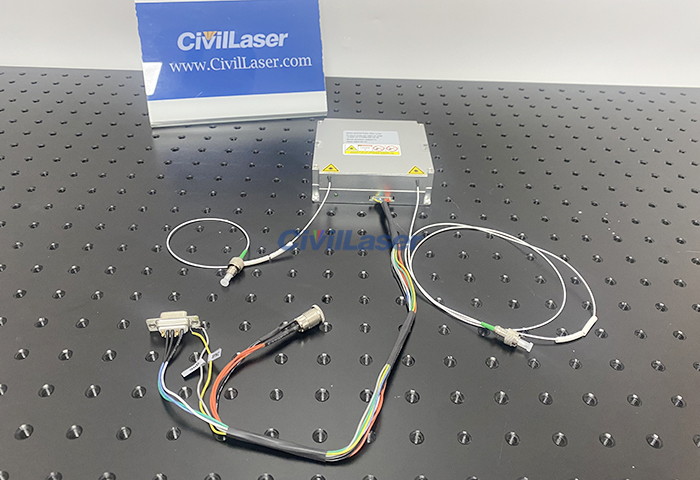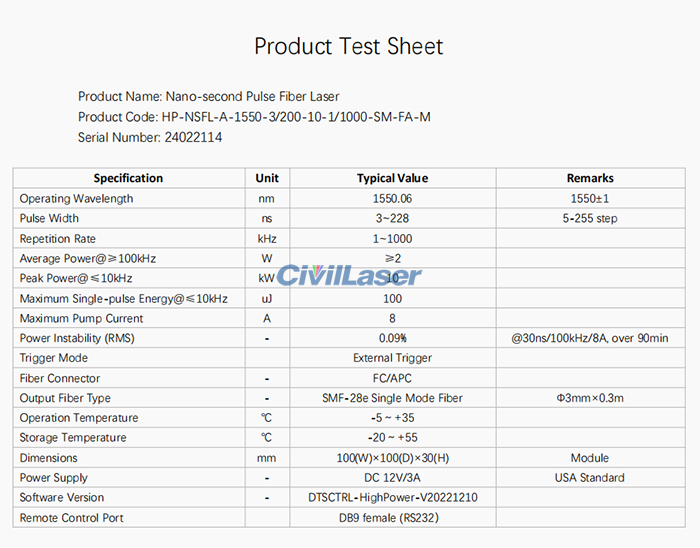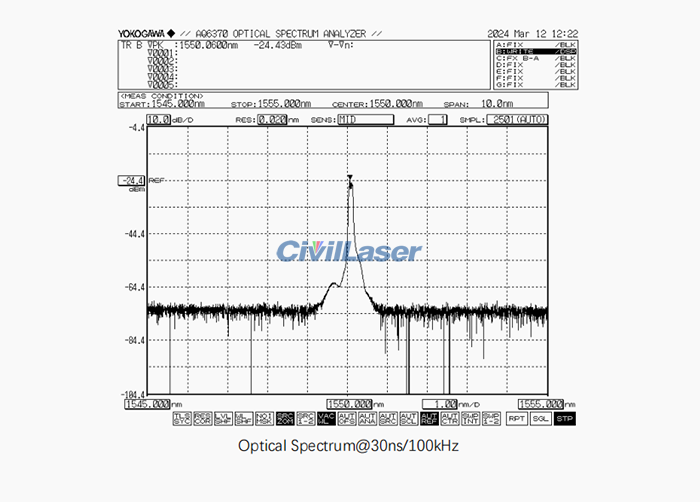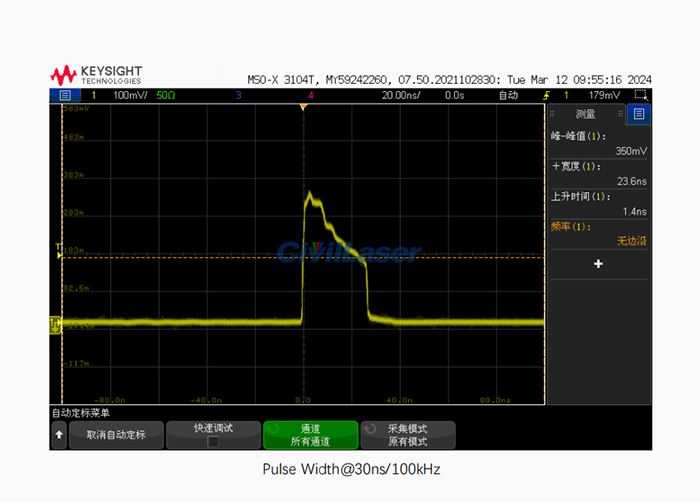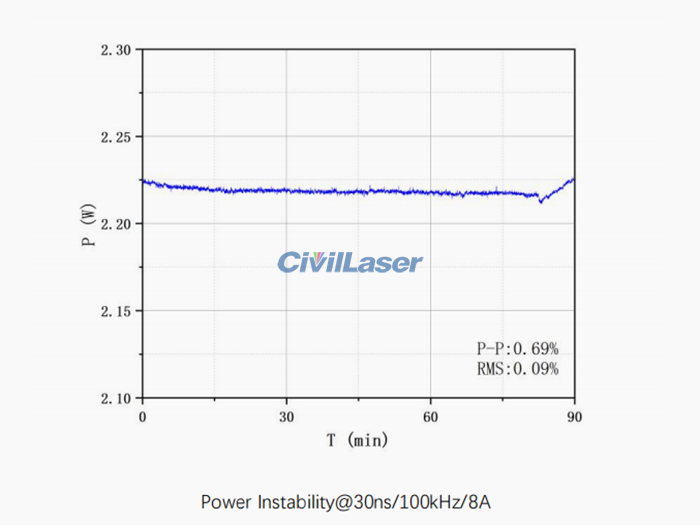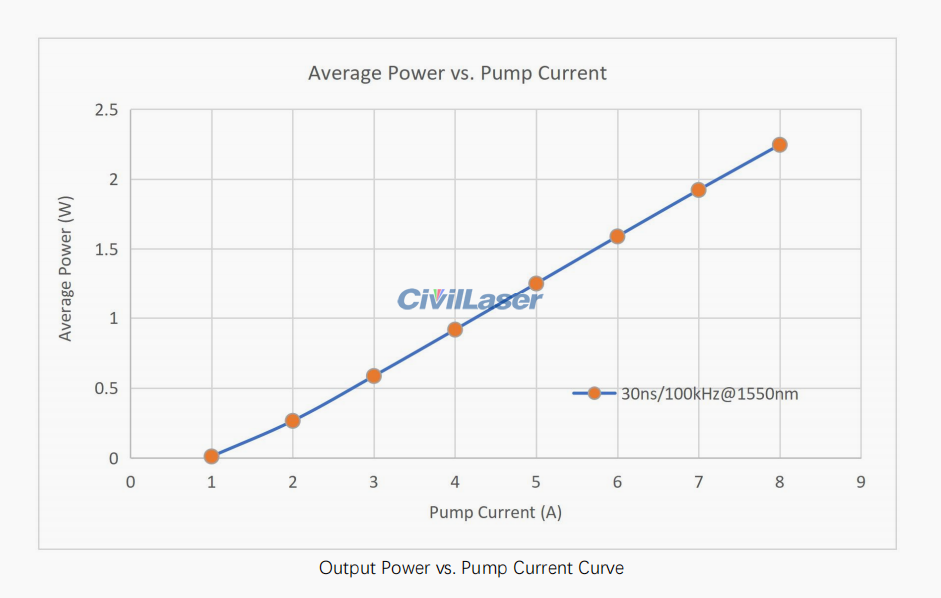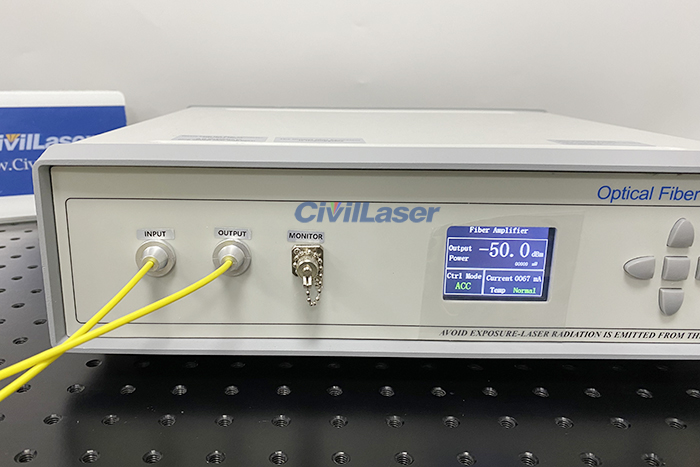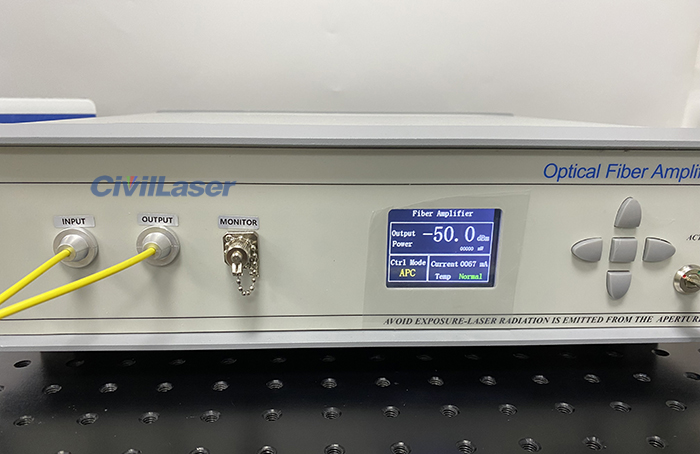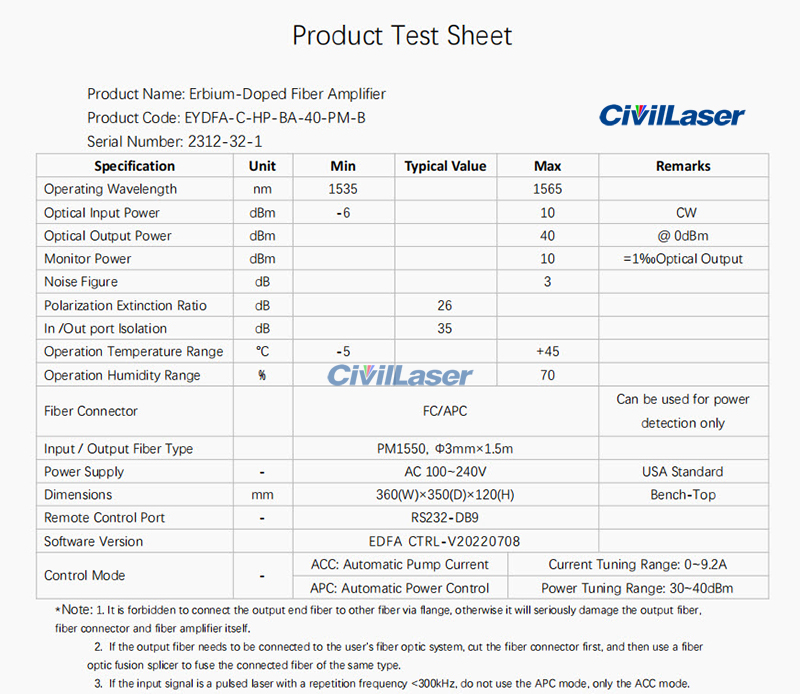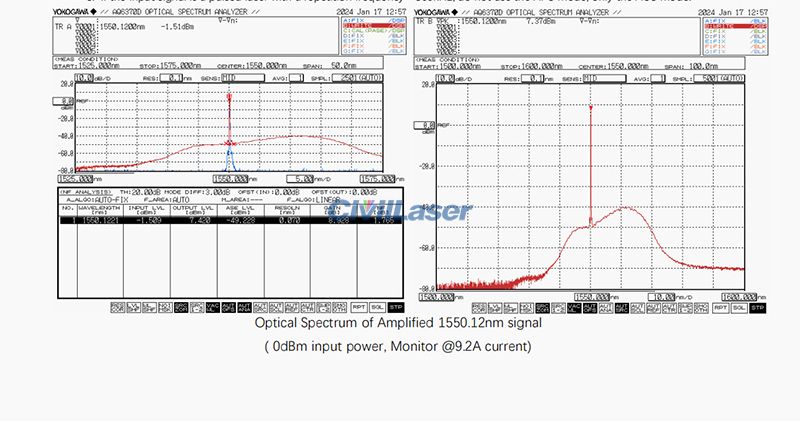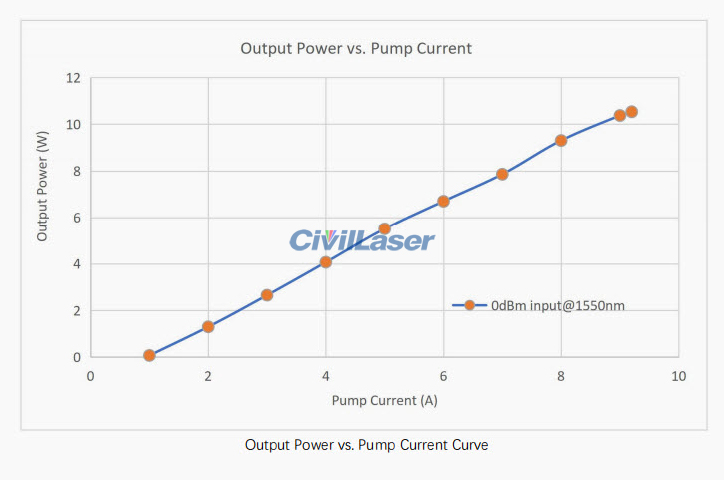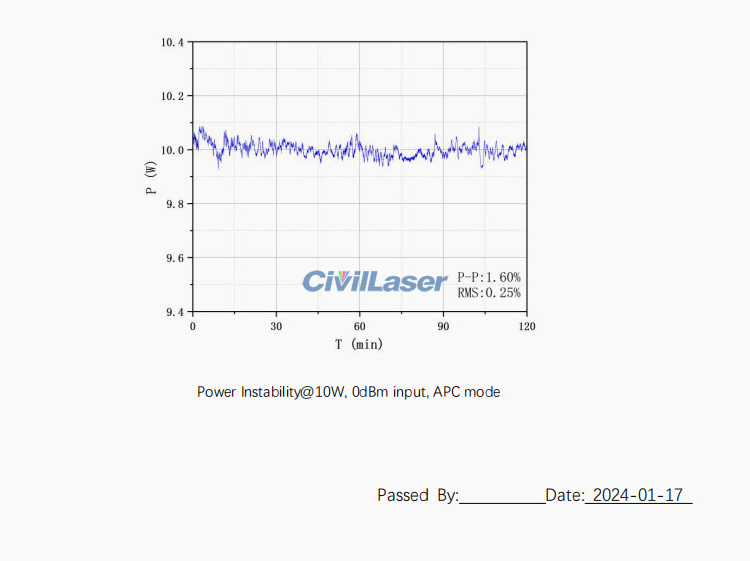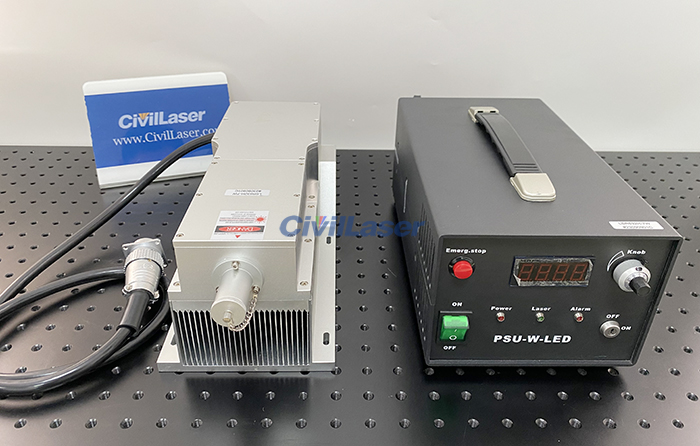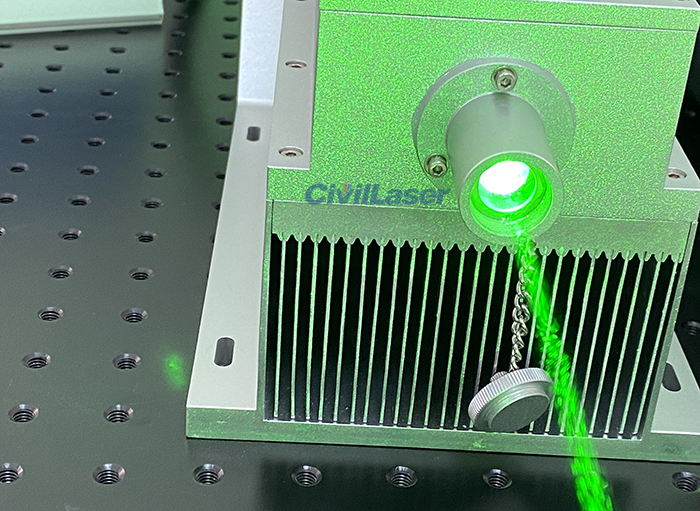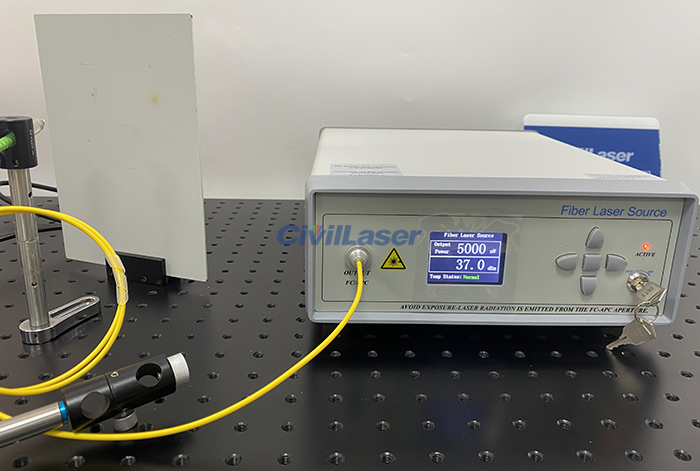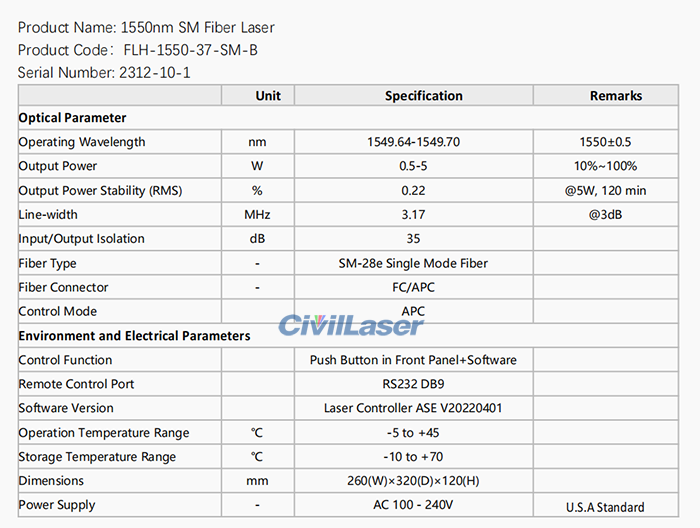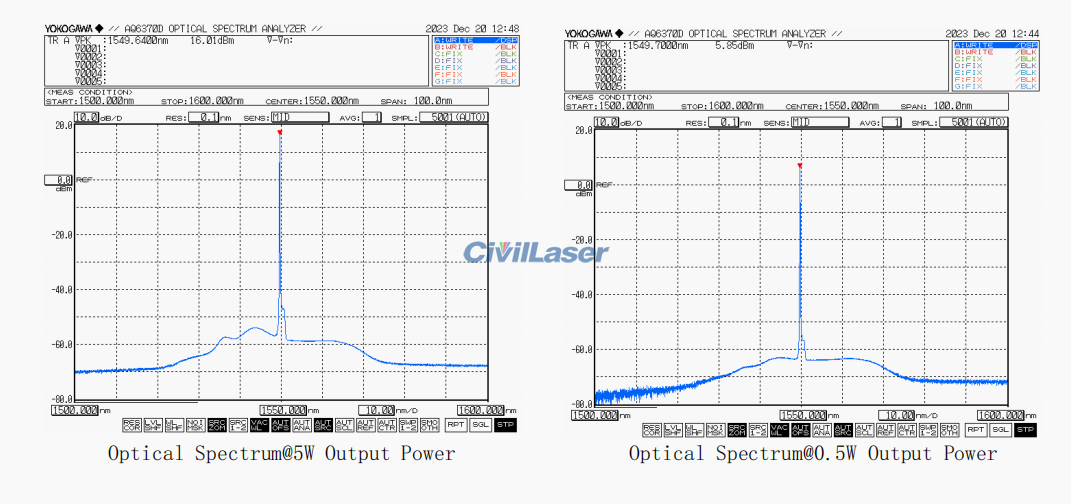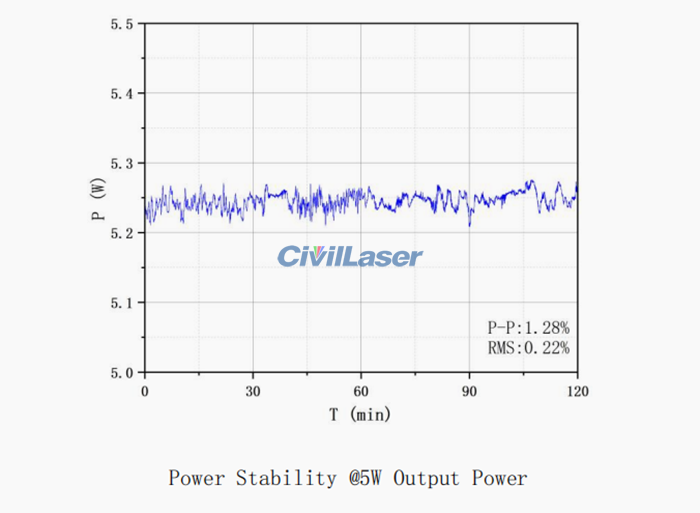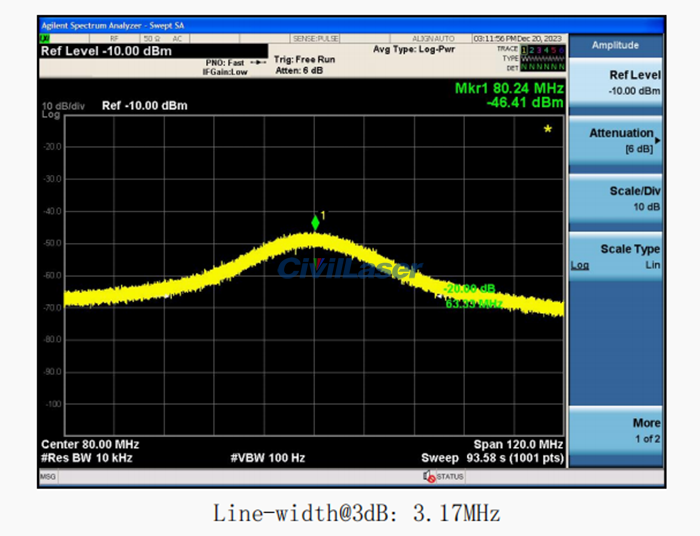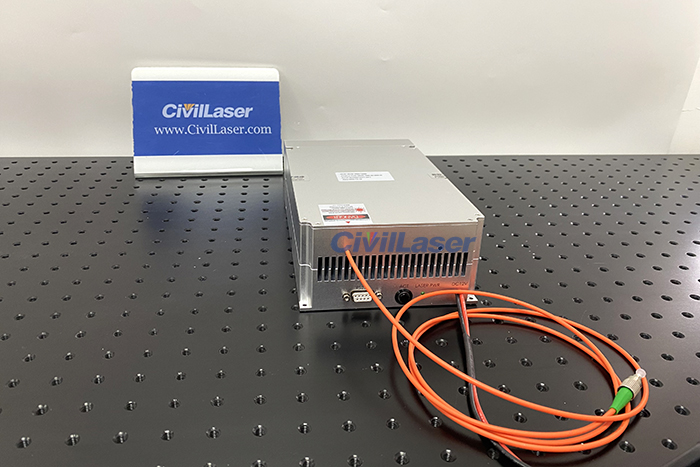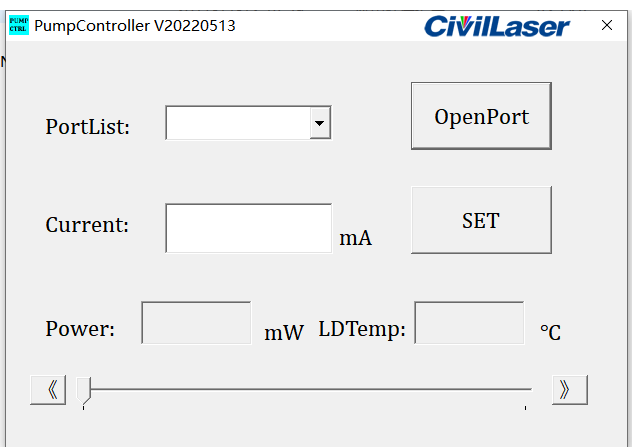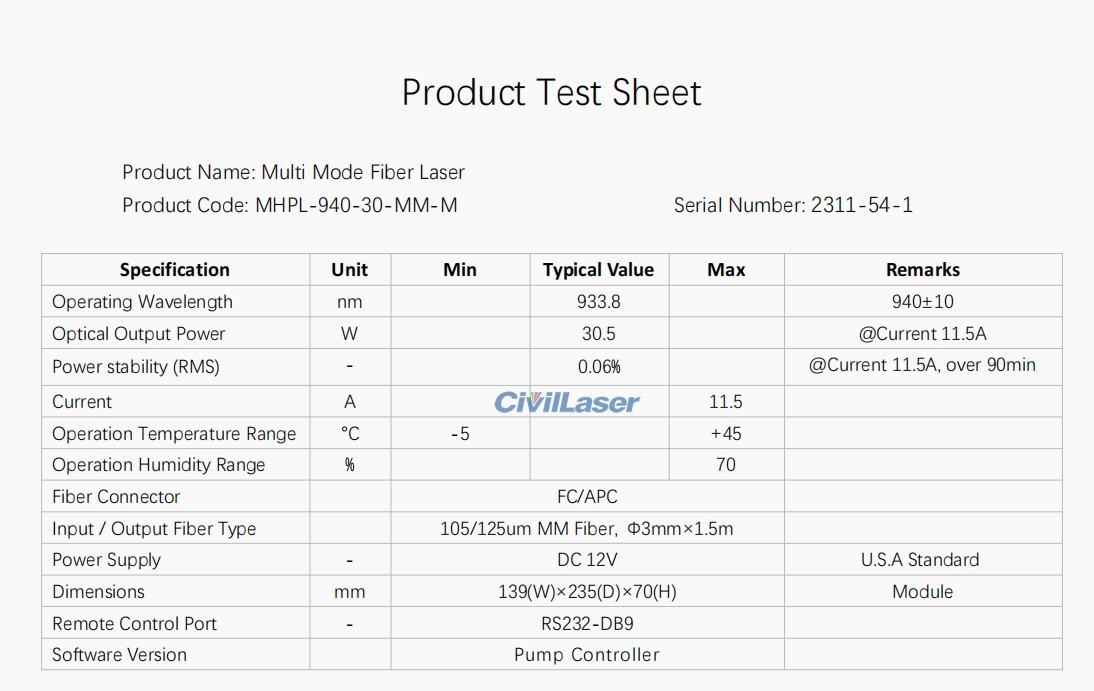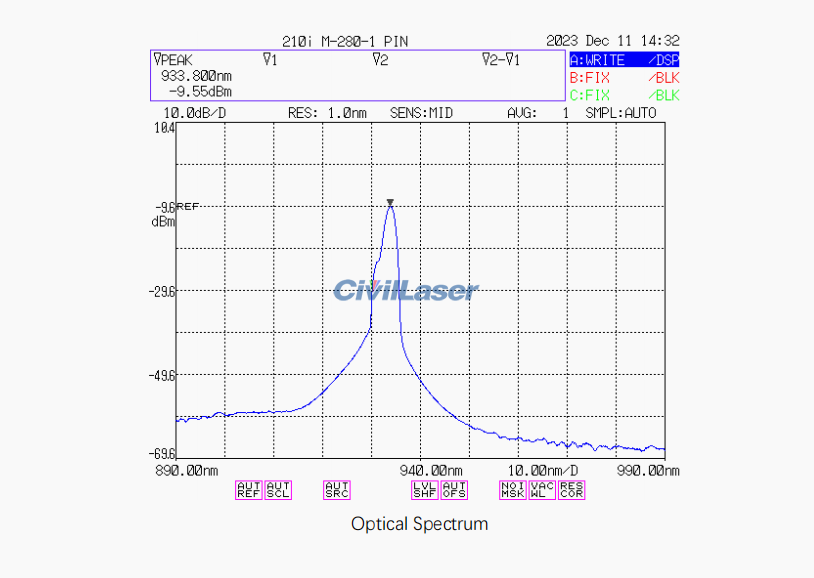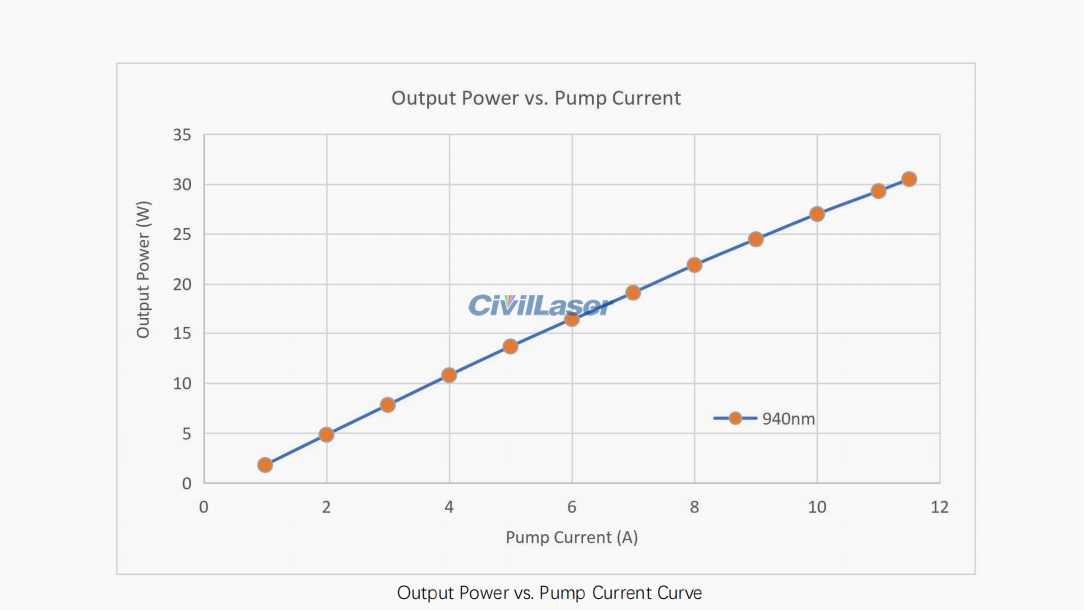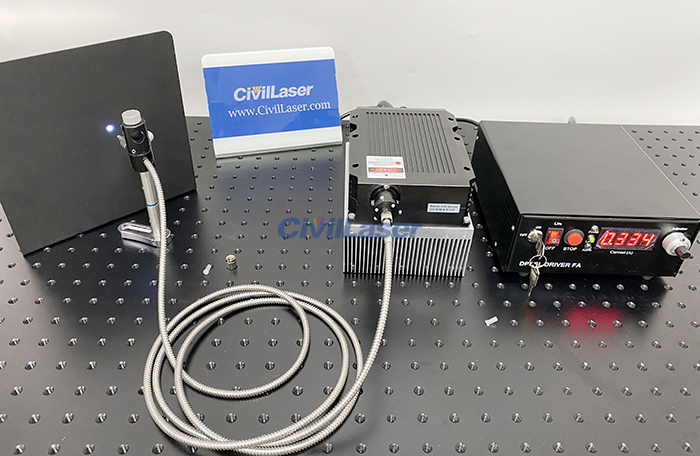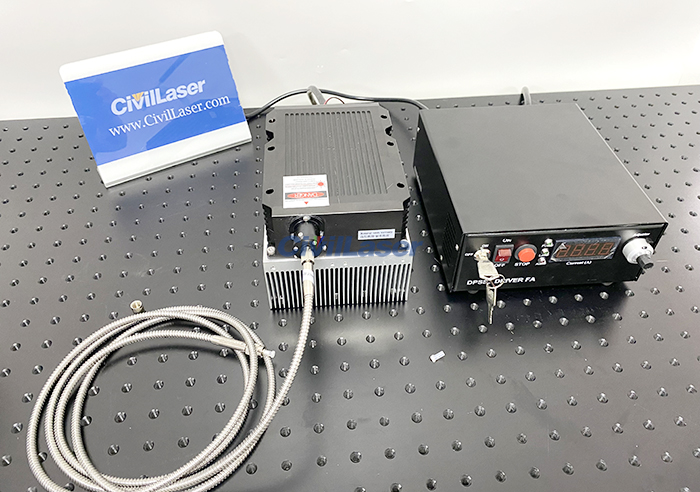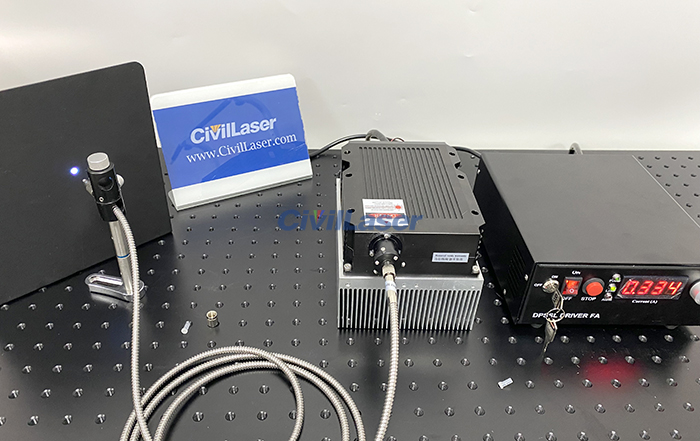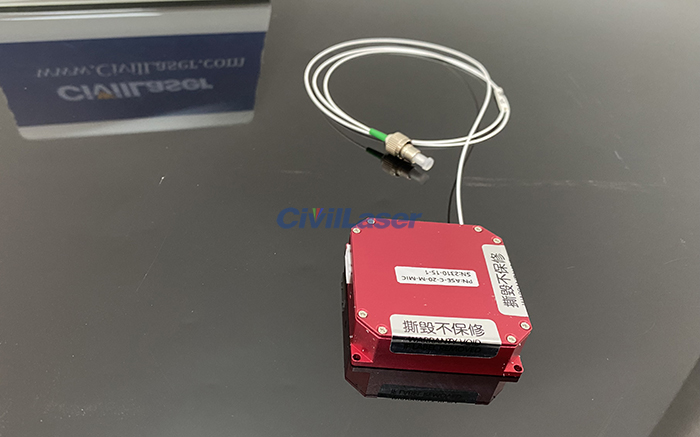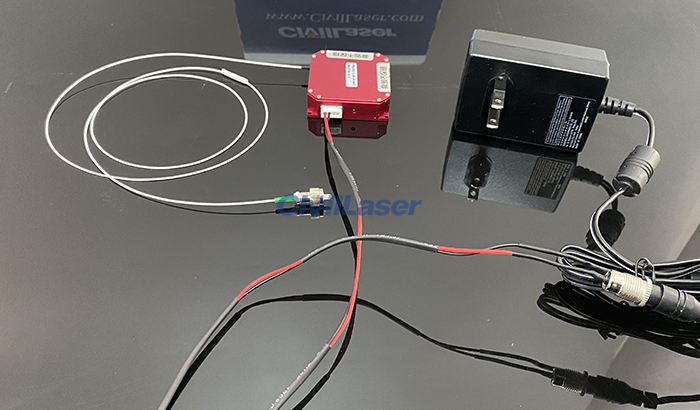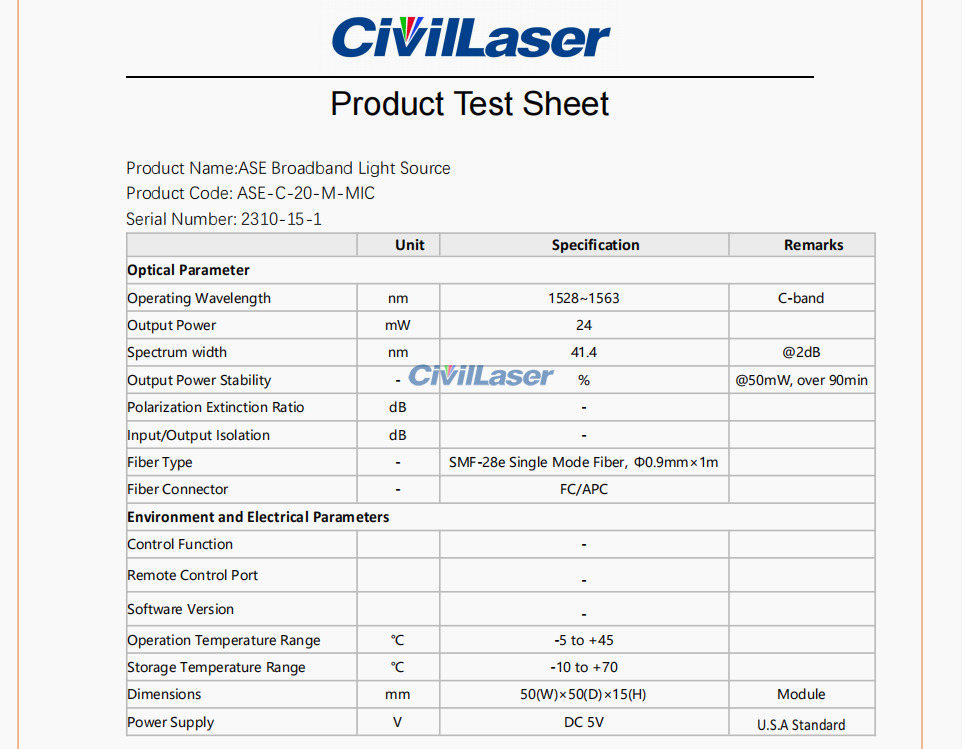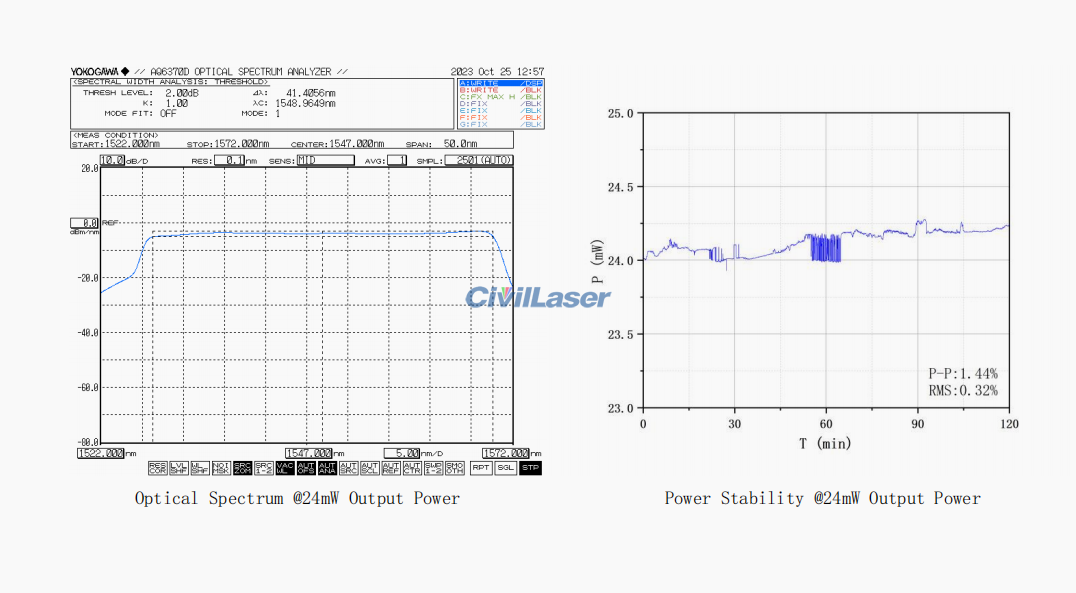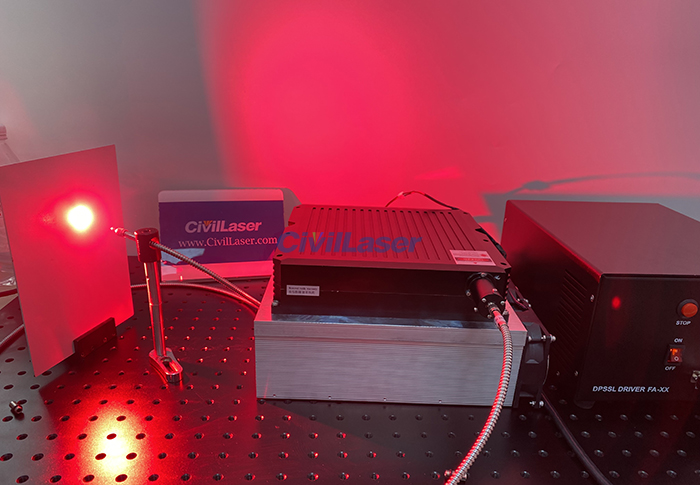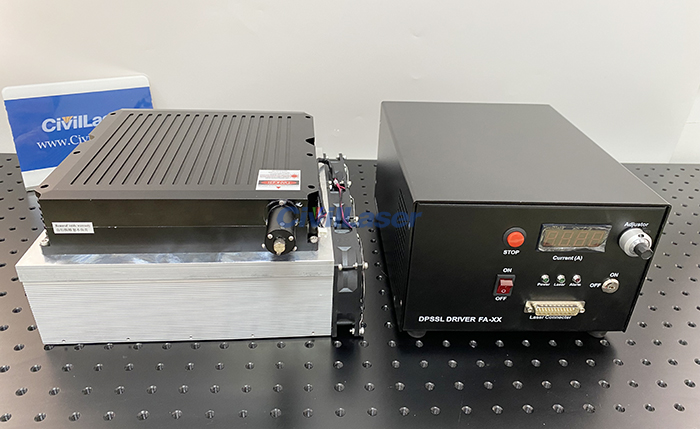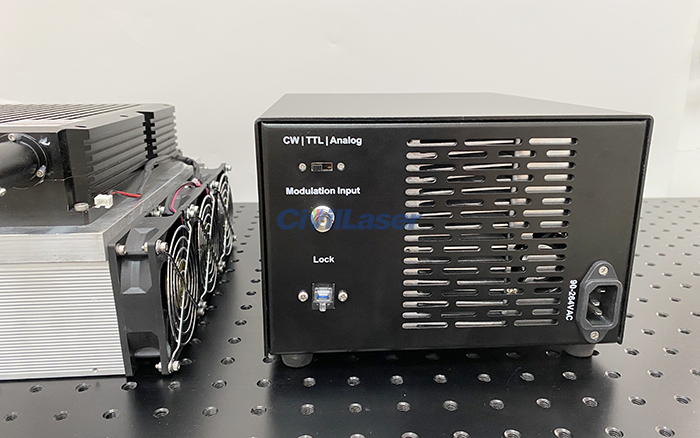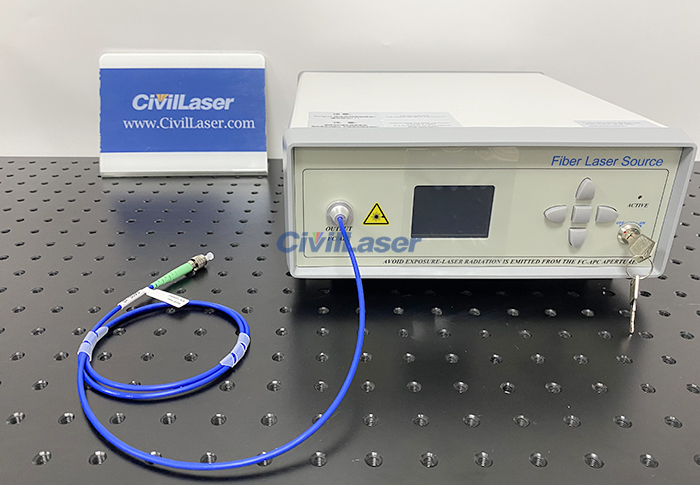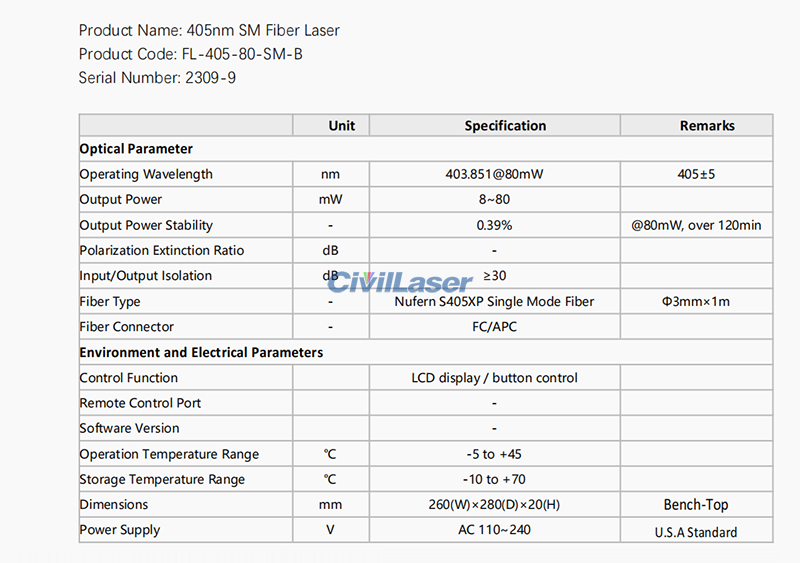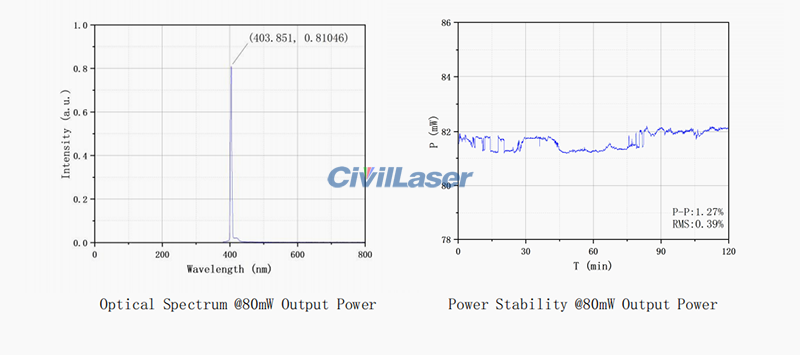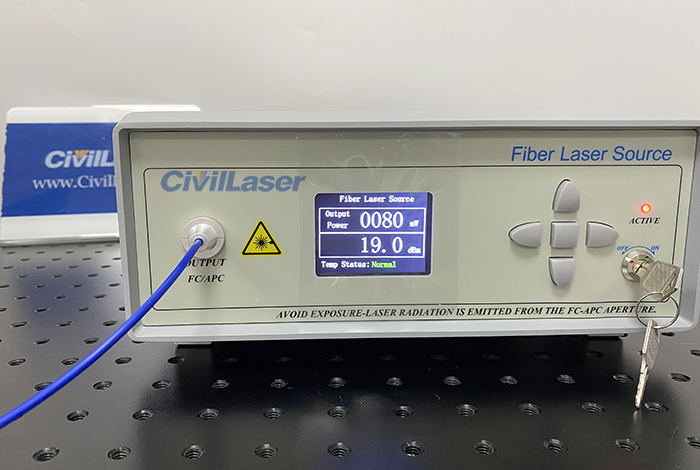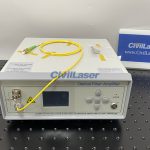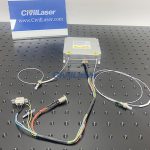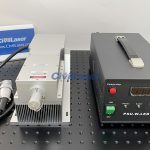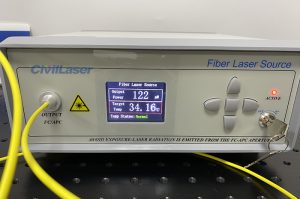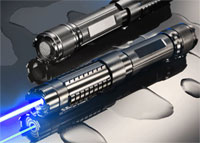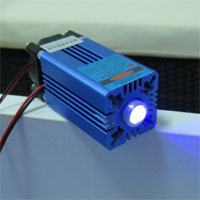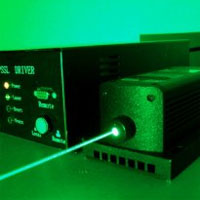Category Archives: Civil Laser
C+L Band 26dBm 400mW Erbium-doped Fiber Amplifier
With the rapid development of information technology, optical fiber communication has become the cornerstone of modern communication networks. In optical fiber communication systems, erbium-doped fiber amplifiers (EDFA) play a vital role, and C+L Band 26dBm erbium-doped fiber amplifier is one of the best.
C+L Band 26dBm Erbium-doped Fiber Amplifier is a high-efficiency fiber amplifier that can achieve efficient signal amplification in the C+L band. Its high power output of 26dBm enables the signal to maintain a high signal-to-noise ratio and stability during transmission, effectively reducing signal attenuation and distortion, thus improving the overall performance of the optical fiber communication system.
This is a C+L Band 26dBm EDFA Amplifier. The wavelength Range is 1528~1563nm & 1570~1603nm. The EDFA supports two working modes, ACC and APC, and the two working modes can be switched. In APC mode, the output power can be adjusted. In ACC mode, the operating current can be adjusted. Our desktop EDFA can be controlled by buttons. PC control software can be connected through RS232 serial port.
The test report of this EDFA.
C+L Band 26dBm erbium-doped fiber amplifier is a powerful and excellent optical fiber communication equipment, which plays an irreplaceable role in modern communication networks. With the continuous advancement of technology and the expansion of application fields, it will continue to contribute to the development of optical fiber communications.
1550nm 10KW Peak Power Pulse Nanosecond Fiber Laser
Today our laboratory introduces a 1550nm 10kW nanosecond pulse fiber laser. It is a modular design, the size is 100x100x30 mm. This nanosecond laser module uses an external signal source, and customers can also customize the built-in signal source. The average power is 2W. And the single pulse energy is 100uJ. Let’s check it now.
The high-power nanosecond pulse fiber laser uses a high-power gain fiber module and cooperates with a dedicated drive and temperature control circuit to output high-peak and high-energy laser pulses. The laser wavelength and power are stable, RS232 serial port remote control, modular design facilitates system integration, and can be used for laser radar, distributed optical fiber sensing systems, etc.
Nanosecond fiber laser is a laser device with extremely high time resolution. The nanosecond-level pulse width enables the laser beam to reach extremely high peak power in a very short time, thereby achieving precise and rapid processing of the target. At the same time, by adjusting the repetition frequency, continuous or intermittent laser output can be achieved to meet the needs of different applications.
The test data and spectral diagram of 1550nm 10kW high-power nanosecond laser.
40dBm 10W High Power Erbium-doped PM Fiber Amplifier
The one in the video is a benchtop 40dBm erbium-doped fiber amplifier. The input and output fibers of the PM amplifier are polarization maintaining fiber PM1550 and the connector keys are aligned the slow axis.
This EDFA is designed to amplify optical signals up to 10W average power for high power applications at 1550nm wavelength range. It supports two working modes: ACC and APC. The two working modes of ACC and APC can be switched. In APC mode, the output power can be adjusted. In ACC mode, the operating current can be adjusted.
The operating current or output power can be adjusted by pressing the button. You can choose the software control function and use the RS232 interface to connect to the software.
The test report of this EDFA.
532nm 7W High Power Diode Pumped Laser
This time it is a 532nm green DPSS laser commonly used in laboratories. Its output power can reach 7000mW. A heat dissipation module is added to the bottom of the laser. There are 2 cooling fans at the bottom of the laser heat dissipation. There are two working modes, CW/Modulation, to choose from on the back of the power supply.
There is a protective cover on the interface where the laser head is connected to the laser power supply. When connecting, the protective cover needs to be removed first. The light outlet of the laser head has a protective cover, which must be removed before starting the machine.
The Knob on the front of the power supply is used to adjust the current, thereby controlling the laser output power. Adjust the output power to maximum. After preheating for about 1 minute, the laser can output continuously and stably.
The high power green laser beam. The following are the effects of indoor shooting during the day.
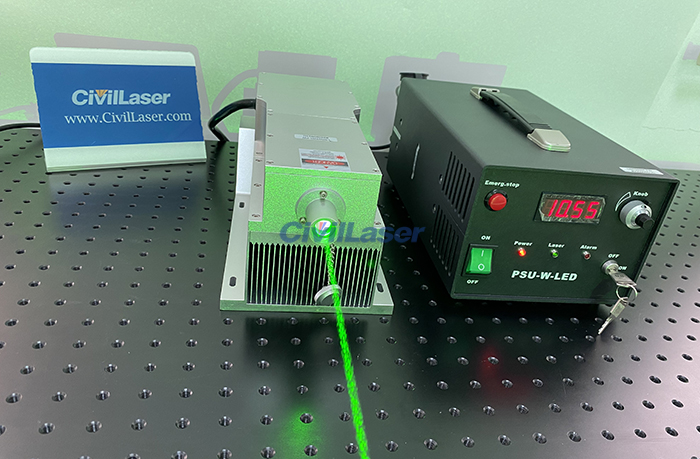
1550nm 37dBm 5W High Power SM Fiber Coupled Laser
What our laboratory demonstrates today is a 1550nm 37dBm IR laser coupled singlemode optical fiber output. The output power is adjustable with an adjustment range of 0.5~5W. The adjustment accuracy is 1mW. The Line-width here is 3.7 MHz, and the line width of 1MHz can be customized. The laser can be controlled through the buttons on the panel to adjust the laser output power. 1550nm is infrared invisible light, and the light spot can be observed with an infrared sensor plate. Let’s check it now.
This laser adopts DFB type laser chip, and cooperates with high-power gain optical path module to realize single-mode fiber output of single-wavelength high-power laser. The professionally designed drive and temperature control circuit control ensures the safe and stable operation of the laser, and the spectrum and power remain stable for a long time. The modular package has a compact structure, which is convenient for user system integration and is more suitable for engineering applications.
What is configured here is single-mode fiber, and polarization-maintaining fiber can be customized. The laser can also be controlled through software, and the communication interface is RS232. The following is the interface for the control software.
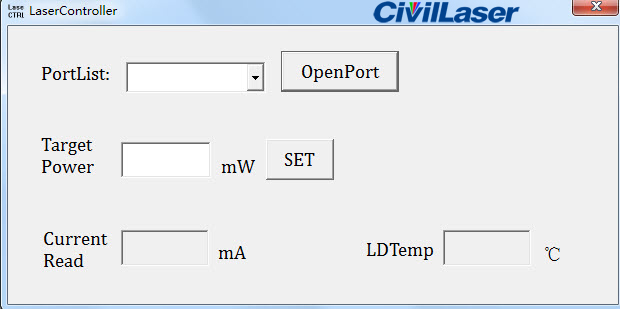
The power switch is on the back of the laser.The LCD panel displays the laser output power. Turn the key to ON, the laser is activated, and the Active indicator lights up.
Use the left and right buttons to select the number position to be adjusted (units, tens, hundreds, thousands). The up and down buttons adjust the value. The middle button is the confirmation key.
These are laser test reports, including the main parameters of the laser, spectrum diagram, power stability test, and line width test results.
940nm 30W Software Control IR Fiber Laser Module
It is a 940nm IR fiber couled laser module. Its output power is up to 30W and it has two built-in cooling fans. The one shown in our laboratory today can be controlled by software. It means that we can control the output power on the computer.
High-power laser light source is based on high-performance semiconductor laser chip, 105/125μm fiber coupling output. The professionally designed constant current drive and temperature control circuit ensure the safe and stable operation of the laser. Ideal for medical research, fiber laser pumping, and other production testing.
The following are several sets of data we tested today:
Set the working current to 500mA, the laser output power to 194mW, and the laser spot can be seen on the infrared observation card.
The current is set to 2000mA and the laser power is close to 5W. When the laser shines on the sponge, white smoke will emit directly.
The current is set to 6000mA and the laser power exceeds 15W. When the laser shines on the cardboard, it can ignite quickly.
The interface to the control software.
The parameter table and spectral diagram of 940nm laser.
The relationship between operating current and output laser.
Warm reminder: Although this is an infrared laser, it has very high power. You must wear infrared laser protective glasses when operating it.
395nm 2W UV Laser Source Fiber Output
This is 395nm 2000mW UV laser source system. The laser module with radiator on the bottom and the radiator includes 2 cooling fans. When the laser is working, the operating current is displayed on the laser power supply, and the laser output power can be adjusted by rotating the button. 395nm is a near-ultraviolet laser, and a weak blue-violet light spot can be seen on the light shielding plate. Let’s check it now.
As can be seen from the video, this is a fiber optic coupling device, which is a multi-mode fiber and the fiber is pluggable. The coupling optical fiber can be customized. The one used here is 100μm, 2m in length, and the interface is FC/PC. There is a buckle on the interface. When installing the optical fiber, insert the optical fiber into the buckle and tighten it.
C-band 20mW ASE Light Source Micro Module With SM Fiber
The light source outputs a flat spectrum covering the C-band and has moderate output power. At the same time, due to the unique miniaturized design and miniature package, it is the smallest ASE broadband light source at present, which is very suitable for applications in narrow space conditions. Let’s check it now.
This is a C-Band 20mW Micro ASE light Source, 10mW~50mW output power can be customized. After turning on the laser, the green indicator light will light up. And the ASE starts working, with invisible light output in the 1528~1563nm band.
Test data report of the small C-Band 20mW ASE.
Spectrogram and power stability of actual tests.
40W 637nm Powerful Fiber Laser System Operation Video
This is a 637nm 40W powerful lab fiber coupled laser system. The laser module includes a radiator. The laser power supply has a current display and the ‘Adjustor’ knob can adjust the laser output. The three working modes of CW/TTL/Analog can be switched on the back of the power supply.
When no optical fiber is installed, the light spots are scattered. The optical fiber used here is 600μm, SMA905 interface. The high power red laser beam from the fiber port. Let’s check it now.
405nm Blue-viole Laser Coupled SM Fiber Output
This is a 405nm 80mW single mode fiber laser desktop type. The real-time power is displayed on the LCD screen, and the power can be adjusted by the button on the left.
It can also be customized into modules and controlled by software. Desktop reserved RS232 interface, software control function can be added. This laser quipped with single-mode fiber, PM fiber can also be customized. The fiber output interface is FC/APC by default, and can also be customized with SMA, FC/PC and other models.
The test data sheet of 405nm 80mW laser.
Adjust the laser output power via the button:
Use the left and right buttons to select the value position to be adjusted.
The upper and down buttons adjust the value.
The middle square button determines the adjustment setting.







